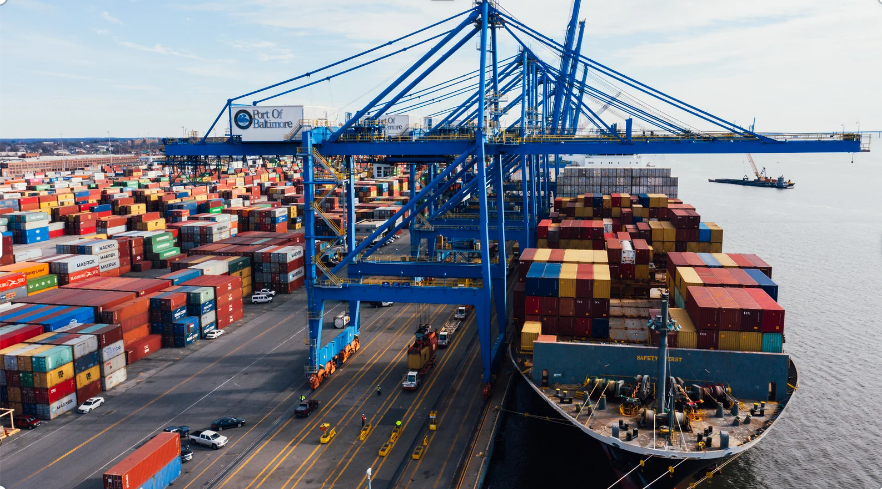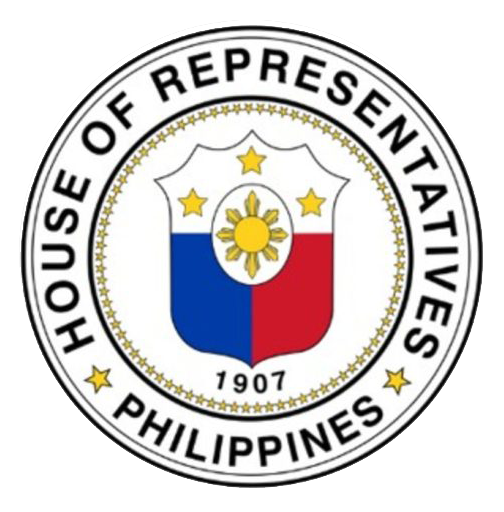
Revitalizing the Philippine Exports Sector through Enhanced Institutional Report
Alias, Margarita
Cruda, Horace
Daileg, Jamie Lyn
Almeda, John Ponciano
Asuncion, Levi Laurence
Ayson-Inton,Marie Loraine
Baraquio-Enriquez, Jennalyn
Senate and House of Representatives
Middle Managers Track
Learning Module on Data-Driven Policy Decision-Making
2022
Abstract
Trade is an important engine of growth and development regardless of political or economic contexts. Countries with higher rates of gross domestic product (GDP) growth tend to have higher rates of growth in trade as a share of GDP. In the case of the Philippines, the export sector contributes about the same as government spending in the national output in 2021. Cognizant of this importance, the Philippines has embarked on trade policy liberalization through engagements in both multilateral and bilateral fronts. The country has also undertaken structural reforms in a bid to reap the full benefits from trade. These policies have lingering effects – some adverse and some positive. The import-substitution policy in the past failed to produce backward linkages, which up to this day, hobbles the growth of the sector. Policy reversals and lack of complementary measures also contributed in shaping the state of the sector, which is characterized by being import-dependent, having low level of sophistication in the export basket, and lack of diversification in both markets and products. These characteristics combine to make the growth of the sector vulnerable to external shocks. On a positive note, a clear, cohesive and comprehensive national policy and strategy can bring real impacts on the sector as can be seen in the shift in the export basket from primary to intermediate goods and even capital goods. Clearly, the gains from trade are not equally distributed. Thus, redistribution of these benefits should form part of public policies that focus on structural reforms, complementary measures and diversification.




